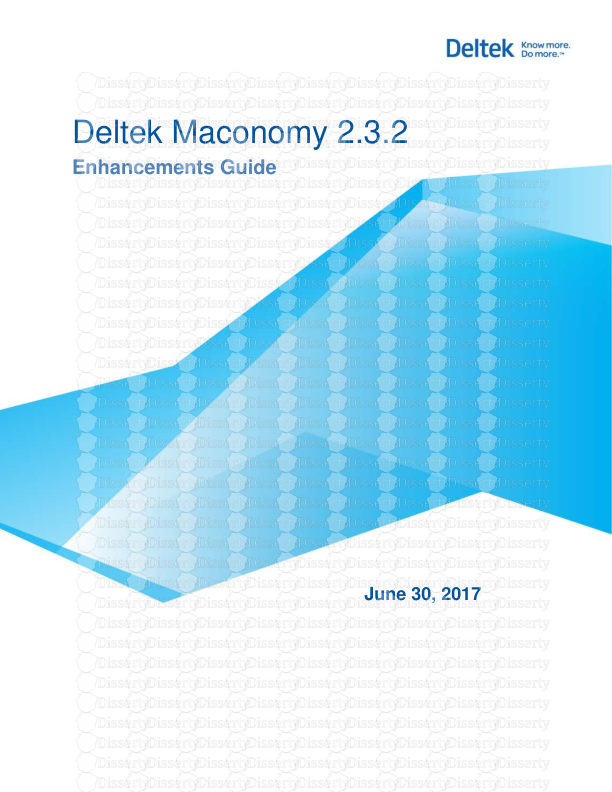NT14-28911, 3.0, 1/11/2014 GLS Support Guide – Tips and Tricks NT14-28911, 3.0,
NT14-28911, 3.0, 1/11/2014 GLS Support Guide – Tips and Tricks NT14-28911, 3.0, 1/11/2014 © Ascom. All rights reserved. TEMS is a trademark of Ascom. All other trademarks are the property of their respective holders. NT14-28911, 3.0, 1/11/2014 Contents 1 Introduction 1 2 Required Firewall Settings 1 3 Checking for GLS Software Updates 1 4 GLS Troubleshooting 1 4.1 Problem: PC Registration Failed with Endpoint Error 1 4.2 Problem: “Unable to Update Local Features” 2 4.3 Problem: No Licenses Available 2 5 Returning a License to the GLS License Pool 3 6 Notes on Operations in the GLS Web Interface 4 6.1 Moving Devices and Entitlements Between Accounts 4 NT14-28911, 3.0, 1/11/2014 1 1 Introduction This document answers some commonly asked questions regarding FlexNet licensing, hereafter referred to as “GLS” (meaning “Global License Server”). 2 Required Firewall Settings Communication with GLS takes place over the HTTPS protocol, which means that the PC firewall must allow traffic on port 443 to the addresses fnood.ascom.com and ascom.flexnetoperations.com. If this permission is to be restricted to specific, trusted applications, both License Control Center and TEMS Mediator Service must be included in that set. 3 Checking for GLS Software Updates Whenever you encounter a problem with GLS, first check that you have the latest GLS software installed. To this end, on the Start menu, navigate to Programs → Ascom → TEMS Products → Utilities and run the command Check for TEMS Mediator Updates found there. 4 GLS Troubleshooting This chapter deals with various licensing problems that manifest in License Control Center or when starting your TEMS product. 4.1 Problem: PC Registration Failed with Endpoint Error When you try to register the PC with FlexNet, this error message appears: To resolve, proceed in the following steps: NT14-28911, 3.0, 1/11/2014 2 1. First verify that the computer has internet access through Internet Explorer. License Control Center automatically uses the default proxy settings of Internet Explorer to gain access to the Internet. Even though you can access the GLS web interface through any browser, you must make sure that Internet Explorer has the same proxy settings as that browser. Proxy settings are configured in Internet Explorer under Tools → Internet Options → Connections → LAN Settings. 2. Make sure the user exists in the GLS portal and that the user name and password are correct. If you have forgotten the password, use the Password Finder function on the login page of the GLS web interface. 3. If the problem persists, contact Ascom support. 4.2 Problem: “Unable to Update Local Features” This message appears in License Control Center: The reason could be any of the following: 1. No network connection exists. 2. The proxy settings for Internet Explorer are missing or wrong. Compare section 4.1. 3. Although unlikely, it is possible that the GLS back-end servers are down for some reason. If the problem persists, contact Ascom support. 4.3 Problem: No Licenses Available You have registered their device id, but no add-ons are listed in License Control Center: NT14-28911, 3.0, 1/11/2014 3 This will be because no licenses (add-ons) have yet been assigned to the device. What you (or your GLS admin) need to do is to map the requisite add-ons to the device in the GLS web interface. Once mapped, the add-ons will appear in License Control Center after you click the Refresh button. 5 Returning a License to the GLS License Pool If you have finished using a license and want to return it, that can be done in the following ways: Returning a License Manually This is the recommended procedure. 1. Open License Control Center. 2. Select the license you want to return (“TEMS Discovery Device 10.x” in the example below). 3. Click the Return button at the top, and confirm your action when prompted. NT14-28911, 3.0, 1/11/2014 4 Setting Up Automatic Return of a License You can alternatively use the Set Auto Return function in License Control Center to set a date when the license will be automatically returned to the license pool. 6 Notes on Operations in the GLS Web Interface 6.1 Moving Devices and Entitlements Between Accounts When moving devices from one GLS account to another, please note that any licenses (add- ons) currently mapped to that device will be moved along with the device. Should a license belonging to Account A become unmapped after the device is moved to Account B, the license will henceforth be available to Account B and no longer to Account A – unless the license is later reassigned to Account A. Conversely, if you transfer entitlements between accounts, then if a license which is part of that entitlement is currently mapped to a particular device, that device too will be moved to the target account. In the Entitlement History view of the GLS web interface, you can track licenses which have “gone astray” to other accounts as a result of device transfers. In the example below, one license for TEMS Investigation Professional and one for Technology Option UMTS have been moved from the original TEMS Licensing account (which the user is currently viewing) to the PM License Group account. NT14-28911, 3.0, 1/11/2014 5 To return a license to its original account, first unmap it from the device it is currently mapped to before moving the license. This way the device stays with its proper account, and only the license is moved. uploads/s1/ gls-support-guide.pdf
Documents similaires










-
61
-
0
-
0
Licence et utilisation
Gratuit pour un usage personnel Attribution requise- Détails
- Publié le Fev 28, 2022
- Catégorie Administration
- Langue French
- Taille du fichier 0.3220MB


